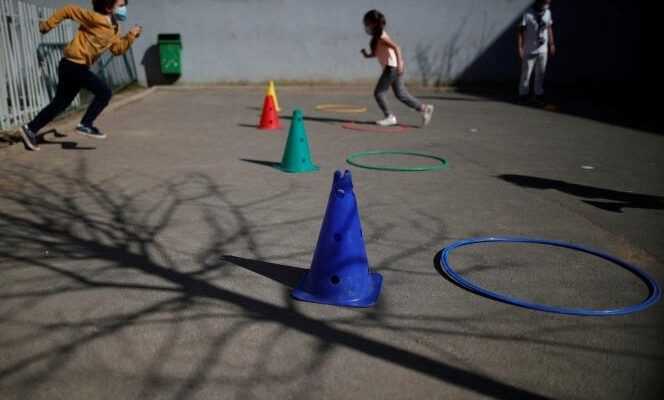Ten thousand steps and more. Get children moving, for their pleasure, to build their health capital, but also… to improve their school results. In recent years, researchers have been studying the links between physical activity (PA) in young people and their performance in the classroom. They are particularly interested in cardio-respiratory capacity, or aerobic capacity, which measures endurance, one of the six components of physical fitness.
In 2020, a meta-analysis of fifty studies confirmed that cardiopulmonary fitness is positively associated with academic achievement, particularly in the areas of language / reading and math. The associations are stronger in boys than in girls, and in children than in adolescents, specify the authors of this review of the scientific literature, published in the Journal of Sports Sciences.
But by what mechanisms does physical fitness influence report cards? To explore them, researchers from the University of Geneva (Unige), associated with an American specialist in this subject, Charles Hillman (he is notably one of the authors of the meta-analysis cited above) carried out an experiment at nearly 200 children aged 8 to 12, enrolled in eight primary classes in Geneva.
Marc Yangüez, assistant of the Faculty of Psychology and Educational Sciences (FPSE) at the University of Geneva, first author of the study, and his colleagues published their results online in the review Medicine & Science in Sport & Exercise February 18.
Cognitive flexibility
The researchers first measured the physical abilities of the schoolchildren using a “shuttle test” consisting of going back and forth between two lines 20 meters apart, at an increasingly rapid rate. Combined with height, weight, gender and age, this test can calculate cardio-respiratory capacity.
The Geneva team then assessed their cognitive abilities, by designing a battery of nine tasks covering the three main dimensions of executive functions: inhibition, working memory and cognitive flexibility. Inhibition is the ability to prevent intrusive thoughts or behaviors. Working memory is the ability to maintain and manipulate information in living memory. As for cognitive flexibility, it is the ability to move from one task to another with the minimum of cognitive cost. For example, one of the working memory tests involved memorizing a string of numbers and then saying it the other way around.
You have 37.64% of this article left to read. The rest is for subscribers only.
